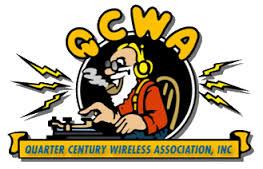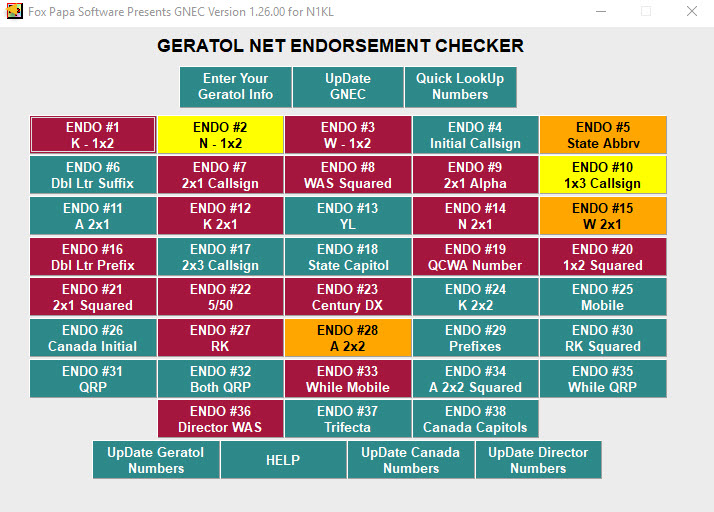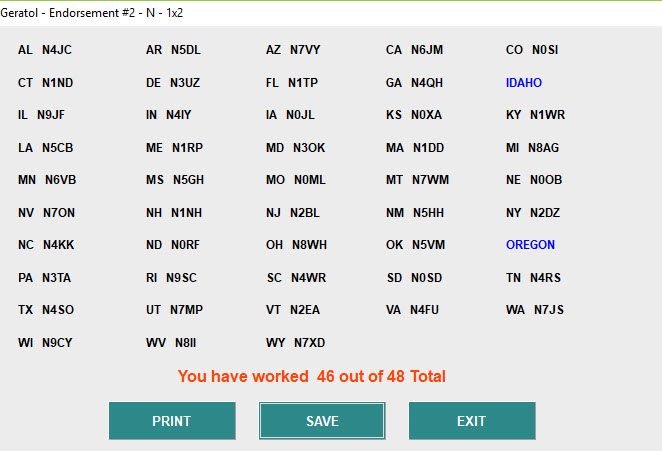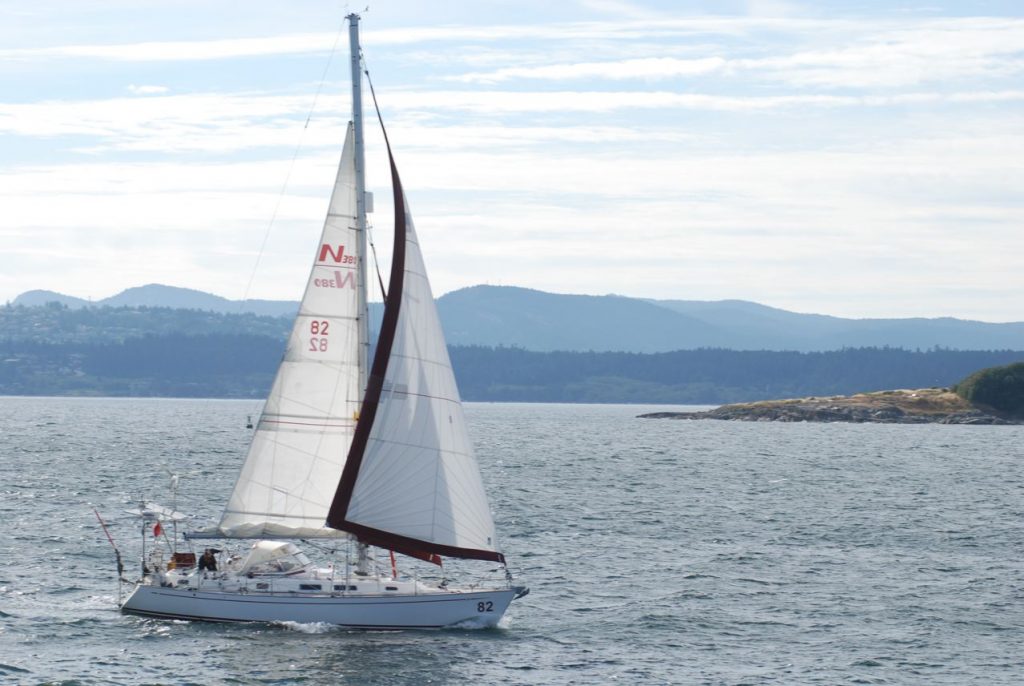We wanted to provide our fellow GERATOLers a brief update on where we stand with activity on our GERATOL Website, as well as some information on how to better take advantage of the site for those who have registered.
First and foremost, a hearty THANK YOU to all who have taken time to register on the site. We currently have over 170 registered members. We continue to get new registrations, and in addition, we are fortunate to have non-registered members, using the site for “read only” purposes, to learn more about our net. This activity typically picks up just prior to the net start up, and as we publicize the net via QRZ, eHAM, etc.

For those who have not yet registered, I would like to remind you, we remain pretty strict about providing privileges to those who register. While confirming you “are not a robot” may seem tedious upon registering, it is a means to keep our site free of hackers, spammers and whatever. So when you do register, simply follow the instructions under the “REGISTER” section of the META FILE area, located at the bottom right of the opening page.
For those who have already registered, there is a nice tutorial on the site, explaining how to add posts, make comments, etc. It’s located under the HELP button, at the top of the opening page. Simply click on HELP, then on “Help for New Accounts” and it will display the tutorial.
Regarding your registration: there are two categories of privileges we assign to all our registrants: 1.) Subscriber – This category provides you with basic privileges on our site. 2.) Contributor – This category allows you to create your own POSTS as well as make COMMENTS to POSTS on the site. POSTS and COMMENTS are subject to approval by the site Administrator and/or Webmaster. This is done to insure non-volatile messages are posted.
The distinction between Subscriber and Contributor, as mentioned in previous updates, resides in how you register. If part of your registration includes your call sign, and we can confirm it on QRZ, you are granted Contributor status. If you register without a call sign, but use a name and/or email we can confirm on QRZ, again you are granted Contributor status. If we are unable to find or confirm a call sign for you, via your registration data, we grant only Subscriber status. Again, this is all done as part of our efforts to keep the site safe. If you wish to move from Subscriber to Contributor, simply send me an e-mail with your call sign, and the email used when you registered, and I will upgrade your status immediately upon confirmation.
We have had registrations which reflect “suspect” email accounts, etc. and those are automatically deleted. Again, this is a precaution we take to keep our site secure.
Finally, if anyone has any suggestions for Website topics, POSTS of interest, etc., please feel free to send me an email, and I will get in touch with you.
Regards, Kevin N1KL Website Administrator
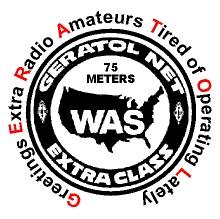
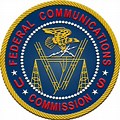

![The predicted track of Hurricane Dorian as of 0900 UTC on August 29. [NOAA graphic]](https://www.arrl.org/img/130x97/exact/News/AL052019_5day_cone_with_line_and_wind%202.png)
